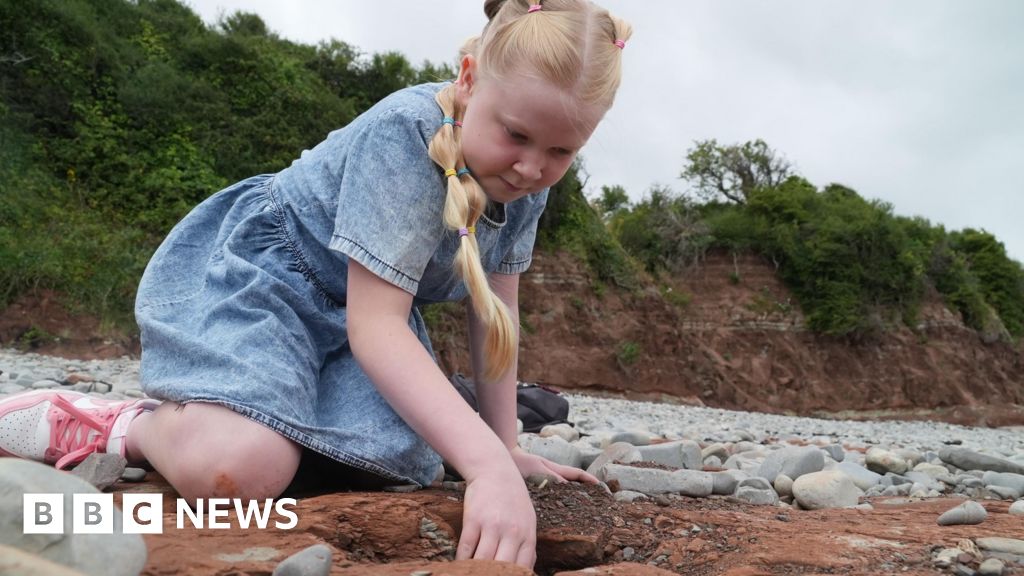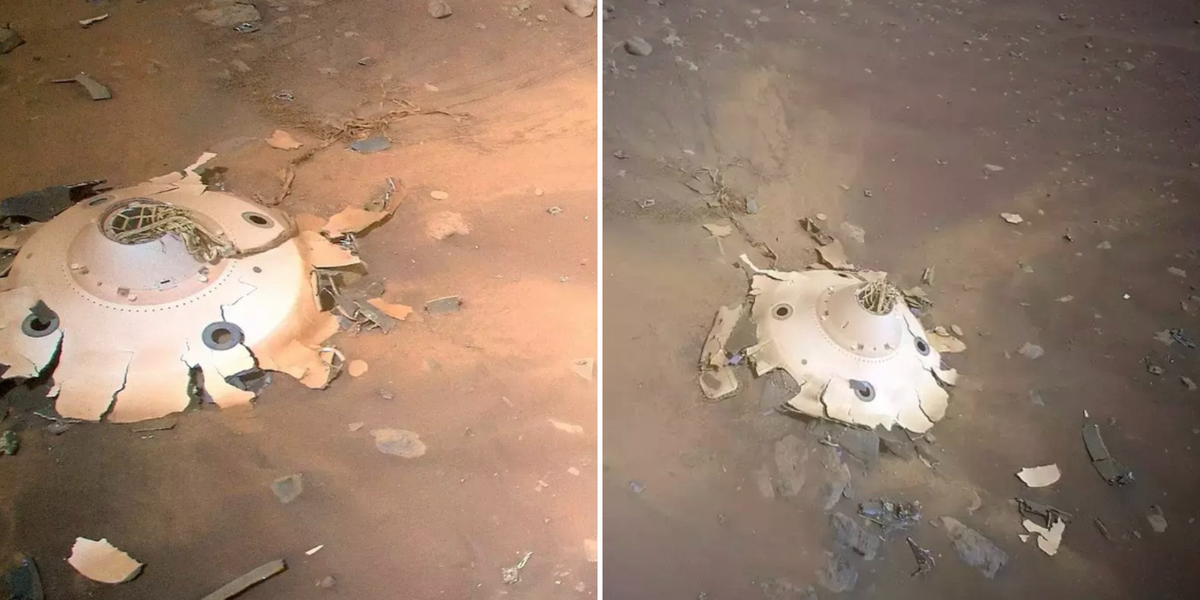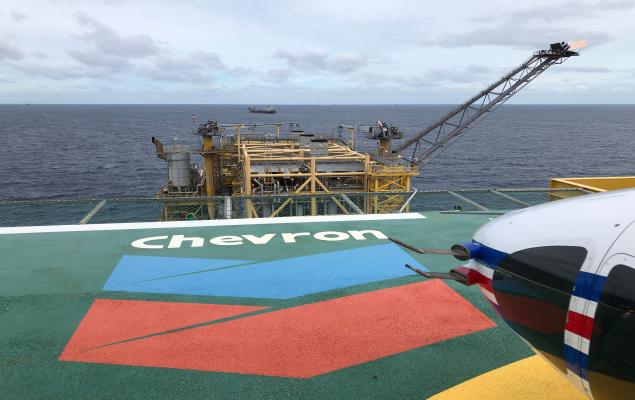Schoolgirl Uncovers Dinosaur Footprints on Welsh Beach

A 10-year-old schoolgirl has made a remarkable discovery on a Welsh beach, uncovering a series of enormous dinosaur footprints believed to be over 200 million years old. Tegan, from Pontardawe near Swansea, was exploring Lavernock Point in the Vale of Glamorgan with her mum, Claire, when she spotted the five prints, which experts believe were made by a camelotia, a large herbivore from the late Triassic period.
"We were just out looking to see what we could find, we didn't think we'd find anything," said Tegan. "We found these were big holes that looked like dinosaur footprints, so mum took some pictures, emailed the museum and it was from a long-necked dinosaur."
The footprints, which are up to 75cm (30in) apart, were initially noticed by Tegan due to their distinctive shape and size. Claire promptly contacted Cindy Howells, a renowned palaeontologist and the go-to expert for dinosaur finds in this part of the UK. Cindy, who has been studying the prehistoric history of Wales for 40 years, was instantly intrigued by the images Claire sent.
"We've got five footprints and we're talking about half-to-three-quarters of a metre between each one," Cindy told the BBC's "The Dinohunters" programme. "These footprints are so big, it would have to be a type of dinosaur called a sauropodomorpha."
Cindy confirmed the authenticity of the prints, highlighting the consistent stride pattern as a key indicator. "If they were random holes, we'd be wary but because we have a left foot, a right foot and then a left and another right... there's a consistent distance between them," she explained. "It's quite a significant find - the buzz you get when someone contacts us with a definite dinosaur find, it's amazing."
The discovery has sparked excitement amongst palaeontologists and local residents alike. Tegan, whose initial hunch has been proven correct, is now an inspiration to other budding dino hunters. "It's hard to comprehend you're walking on the same beach that hundreds of millions of years ago some massive prehistoric animal was here," said Claire. "You can spend a lifetime looking for dinosaur treasures so for it to happen for Tegan at this age is great."
The camelotia, a lesser-known member of the sauropod family, is believed to have been a long-necked, long-tailed herbivore that walked on both two and four legs. Illustrations of the creature are rare, but experts believe it closely resembled the massospondylus, a dinosaur whose bones have been found on the other side of the Bristol Channel.
This latest discovery further solidifies the Vale of Glamorgan as a significant dinosaur hotspot. In 1879, the first dinosaur prints in Wales were unearthed in nearby Porthcawl. Further discoveries followed, including bones in Cowbridge and more footprints at The Bendricks near Barry and Sully.
In 2014, a complete skeleton of a 201-million-year-old dracoraptor, a meat-eating relative of the T-rex, was uncovered on Lavernock Point, the same beach where Tegan's footprints were found. Just three years ago, another young girl, Lily, found a well-preserved dinosaur footprint at The Bendricks.
"It's amazing as up until recently, we had so few dinosaur finds in Wales we didn't think we had much in the way of dinosaurs here," said Cindy. "Now we're getting a footprint or bone find every five to six years and we now know we've a continuous sequence of dinosaurs living in Wales over 15 million years or so - it's amazing."
Cindy's report on the find will be shared with other palaeontologists for verification, further solidifying the area's importance in the study of prehistoric life. "It's brilliant to say to people we have dinosaur footprints on our coast in south Wales," she said. "You've just got to be in the right place at the right time. In museums, we don't have time to go out and do that exploration ourselves so we rely on people like Tegan doing it for us. We can't do our job without it."
The Geologists' Association advises those interested in fossil hunting to explore after high tide, when the footprints are more visible. "It is also easier to spot the footprints when the sun is low in the sky as longer shadows will help throw the footprints into relief," they suggest.
Tegan's discovery is a testament to the power of curiosity and the unexpected treasures that can be found in the most ordinary places. It's a reminder that the past is always present, waiting to be uncovered by those who dare to look.





